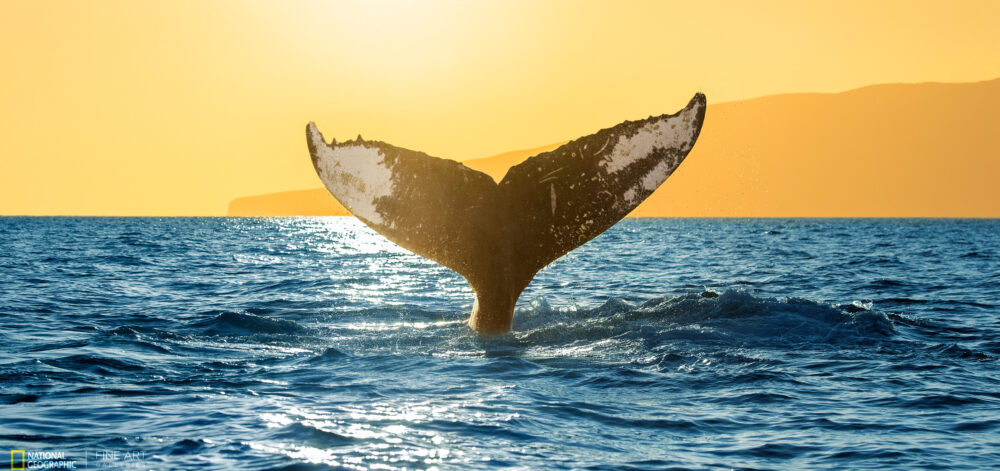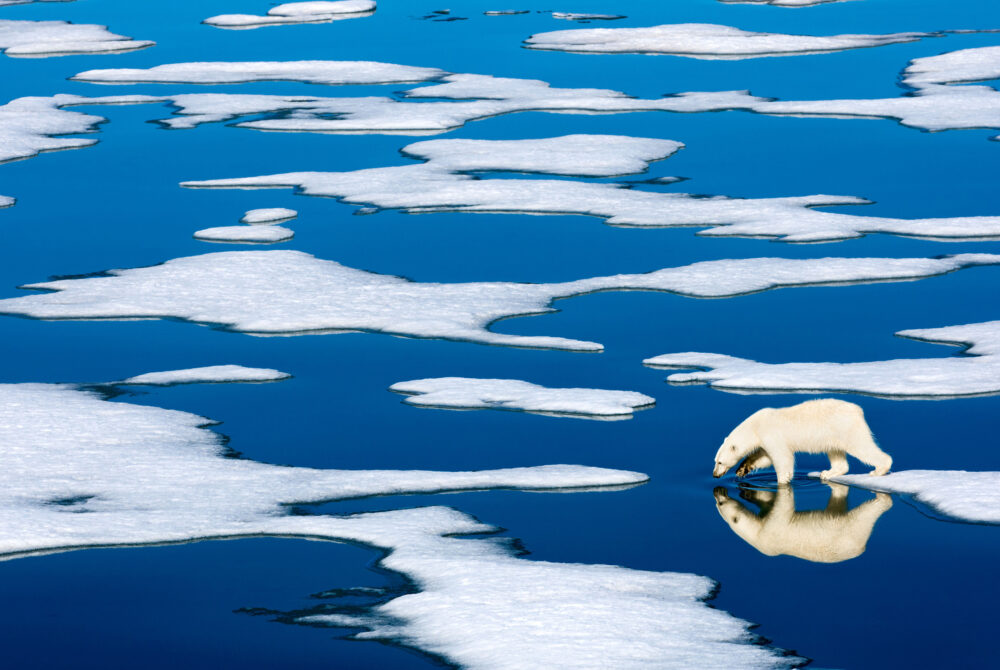Ralph Lee Hopkins
Ralph Lee Hopkins has been traveling to the world’s wild places for nearly 30 years. Trained as a geologist, he’s a self-taught photographer who discovered his true passion while exploring the canyon country of Southern Utah with large-format view cameras during the glory days of film. Today, he’s the Director of Expedition Photography for the Lindblad Expeditions-National Geographic alliance, traveling from the Arctic to the Antarctic and points in-between on board the National Geographic fleet of expedition ships.
Q & A
How did you make the transition from working as a geologist to being a photographer?
It’s true, I didn’t set out in life to be a photographer. Photography found me, an outgrowth of my love for dramatic landscapes and wild places. After college I moved to Utah to work as a field geologist. As fate would have it, I fell into acquiring a used 4 X 5 camera and taught myself about light and composition in the footsteps of the master photographers who inspired me, including Ansel Adams, Elliott Porter, and Phillip Hyde. I was already a published photographer with Arizona Highways magazine when I began my graduate research on the rimrock of the Grand Canyon. A perfect place for a photographer!
What excites you most about being a photographer?
What captivates me most about being a photographer is when it’s no longer about the camera, but about the magic of the moment when it all comes together in the viewfinder. The modern world slips away waiting for a polar bear to walk across the ice, or a humpback whale to leap from the water, or a penguin to jump from an iceberg. Being in the moment is what it’s all about. For me, photography is more than just passion. To be successful you have to be totally engaged in the experience. It’s a way of life. My hope is that my love for wild places comes through and helps make a difference in protecting the wild places I love.
How has the switch to digital photography helped you in your work?
What an exciting time to be a photographer! Not only is the instant feedback of digital technology a game changer, but also the rapid advance of high ISO capabilities of today’s cameras. You can literally shoot in the dark, making images in low-light conditions that were impossible with film. In addition, there’s no limitation on how many images you can shoot. No stopping to change film and missing the moment. While I loved the deliberate approach to film photography and the surprise of seeing the results on the light table, digital photography allows for complete creative control of the process from capture to print. There’s no going back!
Showing all 3 resultsSorted by latest


